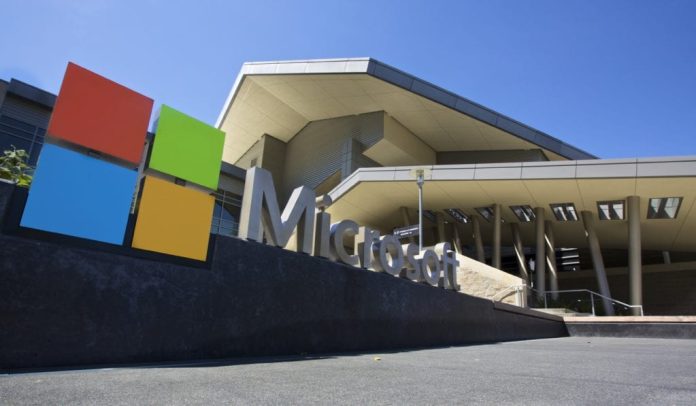Microsoft has added a rush of new capabilities variously to its IoT development platform and its IoT cloud platform to simplify and scale IoT deployments.
It has added a number of features to its IoT Central app development platform. The platform is designed to make the design, build, and deployment of IoT apps simpler; it reckons developers can provision an application in 15 seconds, customise it in an hour, and go to production within the day.
New features include industry-focused application templates for retail, healthcare, government, and energy, among other ‘verticals’. Microsoft is also providing API support for device modelling, provisioning, lifecycle management, operations, and data querying with other solutions.
Other features include: support for IoT edge devices and module deployments, for customers to deploy cloud workloads directly onto connected devices; plug-and-play support for faster device development and connectivity; ability to save, load, and re-use applications; options for exporting data to other Azure services; support for single applications with multiple tenants; and custom user roles for control of data, actions, and configurations in the system.
Microsoft has also introduced new pricing model for early 2020, promising more predictable pricing as usage scales.
Besides, Microsoft has introduced new capabilities to Azure IoT Hub, including ‘message enrichment’ to stamp messages from IoT devices before they are sent to cloud services, and integration with Azure Event Grid, to consume messages from a broader variety of downstream services.
Meanwhile, the company confirmed the general availability of Azure Sphere in February 2020; Azure Sphere is Microsoft’s ‘end-to-end’ IoT package, covering a Sphere-certified chip, a Sphere operating system, and a Sphere security service. The solution is designed to make it easy for manufacturers to create secure IoT devices, with security and OS updates delivered to each device by Microsoft.
Qualcomm has been announced as a silicon vendor for Azure Sphere, and joins MediaTek and NXP.
Microsoft has confirmed supply chain company C. H. Robinson as a customer for its IoT Central platform, A.P. Moller-Maersk and Danfoss as customers of Azure IoT Hub, and Starbucks, Gojo, and Leoni as customers of Azure Sphere.
Other tweaks and additions from Microsoft, announced this week at IoT Solutions World Congress in Barcelona, include:
Azure Maps
Customers can now add geospatial weather intelligence into their Azure Maps applications via a new partnership with AccuWeather. This will enable weather-based routing, weather-based targeted marketing, and weather-based operations optimisation, said Microsoft.
Azure Maps is now integrated into Power BI, as well, so customers can build out Azure Maps solutions without developer resources. Azure Maps will now be available on Gov Cloud.
Azure Time Series Insights
Certain ‘preview capabilities’ have been added to Microsoft’s IoT analytics solution, Azure Time Series Insights, which offers a means to contextualize time series data.
These include: multi-layered storage for fast access to both frequently and infrequently used (‘warm’ and ‘cold’) data; flexible cold storage of historical data; rich query APIs for interpolation, aggregate functions, variables, and time shifting; scale and performance improvements at all layers; and a new Power BI connector for customers to take queries into Power BI.
Azure RTOS
Azure RTOS (real-time operating system) will be available across microcontroller unit (MCU) products from Renesas, including its Synergy and RA MCU families.
Sam George, corporate vice president for Azure IoT, commented: “We are committed to building a trusted, easy-to-use platform that allows our customers and partners to build seamless, smart, secure solutions regardless of where they are in the IoT journey.”

